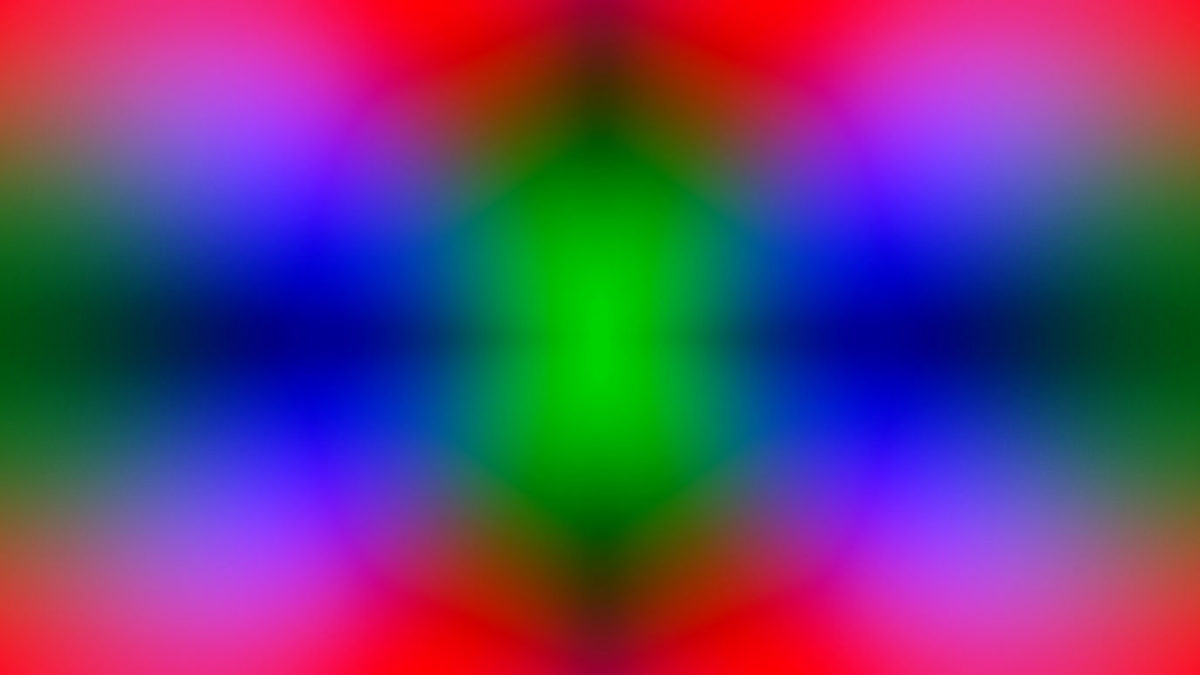In what seems like an esoteric introduction, Edgar Pêra’s Kinorama – Beyond the Walls of the Real starts with an interview with the American literary critic S.T. Joshi, the definitive expert on all things Weird Fiction and H.P. Lovecraft. The conversation delves into the effectiveness of horror as a visceral genre, and how the infamous Rhode Island pulp writer cemented his legacy by articulating his archaic prose as an evocation for sensory experiences that expanded and confronted human perception. Despite employing a somewhat traditional talking head structure, Pêra’s film takes that initial premise and renders it as a stereoscopic essay, incorporating digital glitches and negative coloring as a dialectical bridge with the Portuguese filmmaker’s central concern: cinema’s relationship with representation, realism and artificiality.
Compiling insights from a roster of notorious writers, scientists, artists and critics like Tânia Dinis, Olaf Möller and Adelaide Teixeira, Kinorama – Beyond the Walls of the Real explores the potential evolution of cinema towards new and unexpected expressions, ones that rely on the somatic and even a holistic understanding of the spectator. Much of the discussion centers on 3D cinema as a subversion of the narrative canon, discarding realism in favor of what the film calls a “shamanic experience”. Like Lovecraft’s spectral forces of sheer overwhelming transcendence, the kind of cinema that Pêra conceives is one that plays with the figurative as a way to induce a trance-like experience, a final subversion of narrative that transports cinema to the realms of the bodily.

An almost exact embodiment of that spirit can be experienced in Rainer Kohlberger’s Answering the Sun, a 60-minute barrage of visual intensity and aural engagement that recontextualizes the senses through its overwhelming blunt effect. For most of the Austrian visual artist’s works, algorithmically generated graphics are presented as the raw materials from which texture and spatiality are engineered. Be it rhythmically, or affectively, his films translate motion and abstraction into the type of trance-realism that Pêra’s seems to conceive.
In the case of Answering the Sun, by far Kohlberger’s longest work so far, the structure resembles less a subversion of narrative than an almost symphonic flow through evolving and intertwining movements and visual leitmotifs. The central concept is that of mirroring the optical sensation of daring to stare into the sun. First, a blinking strobe of polychromatic lights enthralls as it progressively up its tempo, with the lurking intensity of a drone soundscape sealing the immersion. Flickering surfaces, diffused shadows and geometrical figures all take their turn creating a deliberate arc of visual overstimulation. The pulsating acoustics conform to a whole other, deeper layer, in which aural queues are mirrored by our own hearing, or perhaps fully imagined.
At one point, the maximalist audiovisual cacophony takes over the senses completely. Eyes forget how to focus, sounds become fully impressionistic, and kinetics manifest nearly as an out of body experience. Once the 60 minutes have gone by, an organic readjustment is needed, as the film forces the spectator to relearn and rethink in real time its relationship with their senses.